Ingot and wafer manufacturer Stellar PV is closer to bringing advanced solar manufacturing back to Australia with the help of a $4.7 million Australian Renewable Energy Agency (ARENA) fund to conduct a feasibility study for a 2 GW low-emissions polysilicon ingot pulling and wafering facility near Townsville, Queensland.
Stellar PV Chief Executive Officer Louise Hurll told pv magazine the project is planned for the Lansdown Eco-Industrial Precinct near Townsville.
“This location has been strategically chosen as there is work underway on a potential polysilicon site nearby, which could create an integrated value chain, from quartz mining through to wafer production, all in one area,” Hurll said.
“Additionally, Townsville is located in Queensland, known as our “Sunshine State,” and around us there is abundant solar energy resources, which will be critical for producing solar ingots with a low carbon footprint.”
The funds allocated to Stellar are part of the federal government’s $1 billion (USD 650 million) Solar Sunshot program, that seeks to commercialise solar innovations and enhance supply chains.
ARENA’s recent $45.5 million funding round drawn from SunShot’s $50 million Round 1B for feasability and engineering studies, issued $35.5 million to Tindo Solar and $11 million shared between Solquartz, Energus and Stellar PV.
Stellar PV’s aim is to produce high purity silicon ingots and wafers on home soil to support a cleaner and more secure global energy future while strengthening supply chain resilience and diversity in the solar industry, but the process is not without its challenges.
“As the first project of its kind in Australia, one of the key challenges is the longer timeline and complexity involved in getting such facilities fully commissioned compared to established operations in Asia,” Hurll said.
“However, we are fortunate to have several team members with decades of experience which positions us well to overcome these challenges.”

Image: Stellar PV
The Townsville facility will process polysilicon to produce silion ingots using the Czochralski method then convert the ingots to silicon wafers using a wire sawing process.
“The Czochralski (CZ) method is the most widely used and advanced technology globally for producing high-purity silicon ingots for solar cells,” Hurll said.
“It enables excellent crystal quality and uniformity, translating into better performance and is why it is our preferred method.”
The feasibility study will cover technical feasibility, economic viability, environmental impact, workforce development strategies, engineering work and community engagement.
To align with the Round 1B objectives, Stellar PV will potentially provide a pathway to the development and operation of a sustainable and commercial scale solar manufacturing facility and provide a pathway towards domestic supply of ingots and wafers.
“We are delighted to have the support of ARENA through this $4.7 million feasibility study grant. It is a strong signal of confidence in the role domestic manufacturing can play in advancing Australia’s renewable energy ambitions,” Hurll said.
This content is protected by copyright and may not be reused. If you want to cooperate with us and would like to reuse some of our content, please contact: editors@pv-magazine.com.

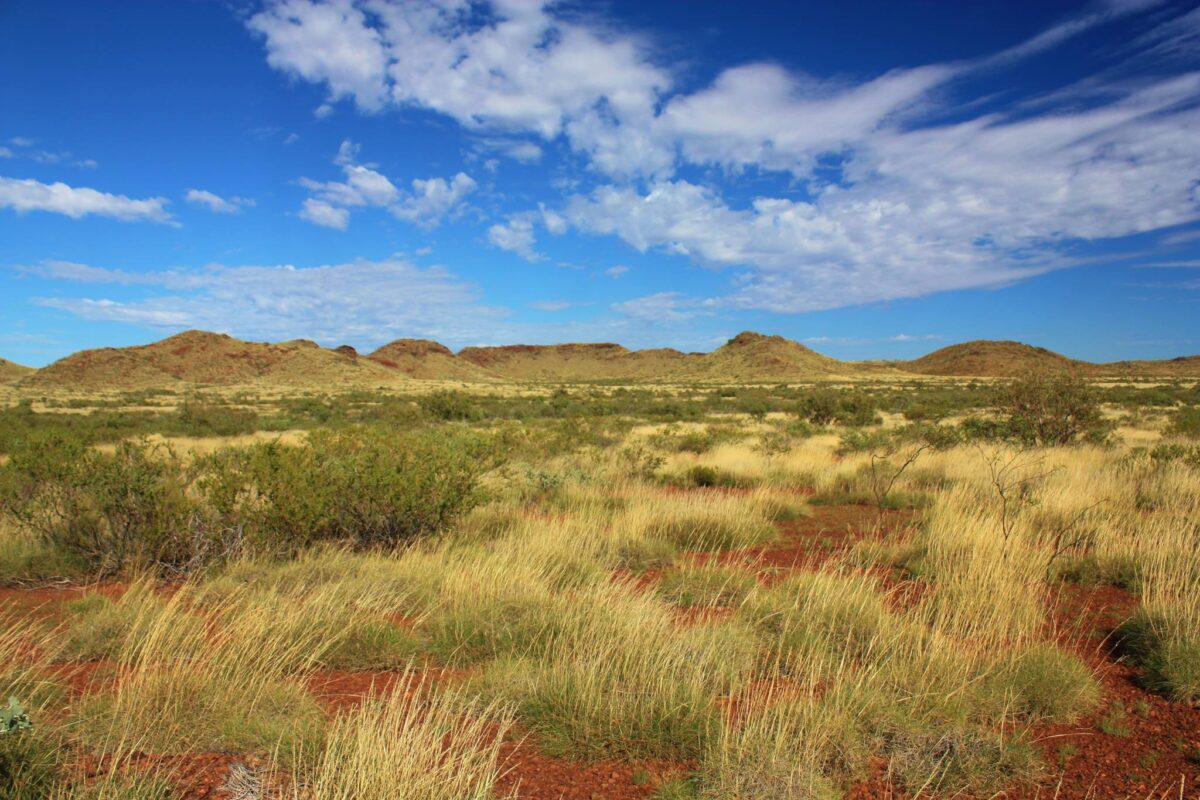


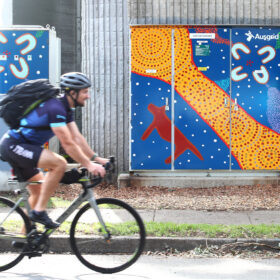
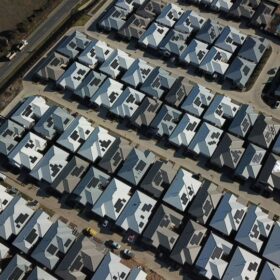
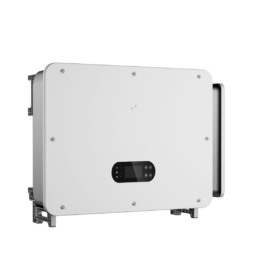
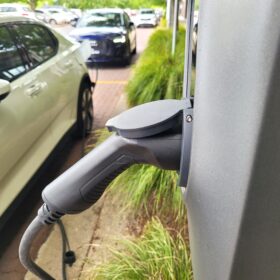
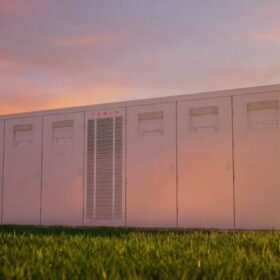
By submitting this form you agree to pv magazine using your data for the purposes of publishing your comment.
Your personal data will only be disclosed or otherwise transmitted to third parties for the purposes of spam filtering or if this is necessary for technical maintenance of the website. Any other transfer to third parties will not take place unless this is justified on the basis of applicable data protection regulations or if pv magazine is legally obliged to do so.
You may revoke this consent at any time with effect for the future, in which case your personal data will be deleted immediately. Otherwise, your data will be deleted if pv magazine has processed your request or the purpose of data storage is fulfilled.
Further information on data privacy can be found in our Data Protection Policy.